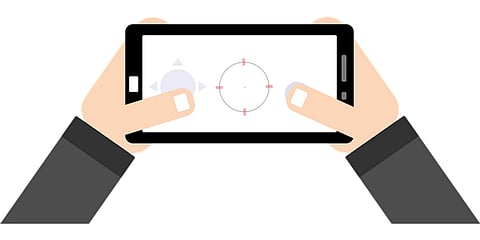When it comes to smartphones, today's gamers seek more — more RAM, better battery life, increased storage, faster touch response, and better processors. Smartphone brands are responding to the evolving mobile gaming needs. They seek to differentiate themselves with a focus on high refresh rates for smoother performance, enhanced displays, and bigger batteries, among others. As we look ahead, mobile gaming will only continue to become more mainstream. In doing so, it will become more exciting, more immersive, and more social than before.(IANS/JC)


